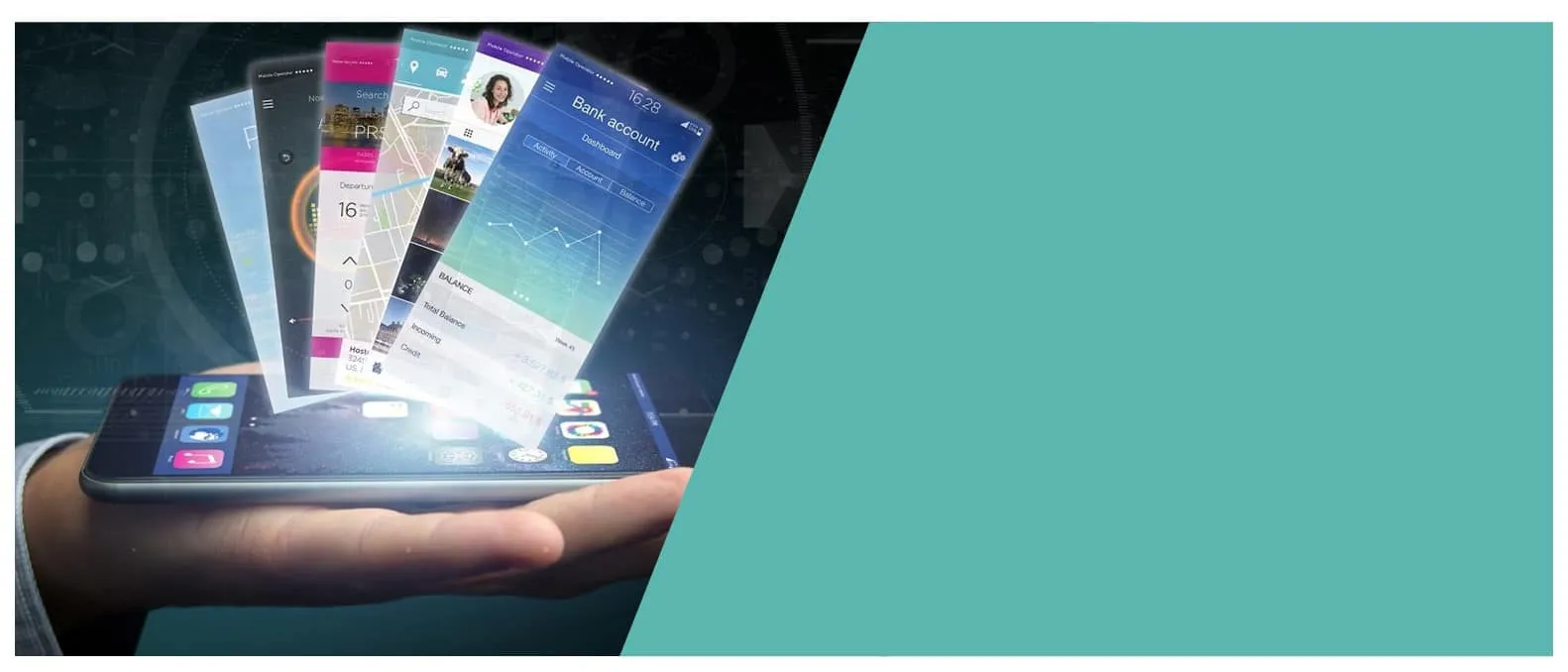How to Personalize Your Brand Experience With Enterprise Superapps
How to Personalize Your Brand Experience With Enterprise Superapps

Two important digital user trends – single ecosystem logins and the desire for personalized experiences – are on a collision course in 2023, and the result will be the rise of the enterprise ‘super app.’
Superapps were coined by BlackBerry CEO Mike Lazardis back in 2010. He explained them as, ‘a closed ecosystem of many apps that people would use every day because they offer such a seamless, integrated, contextualized, and efficient experience.’
In other words, ‘one app to rule them all.’ Today, some of the largest software applications in the world have reached superapp status.
WeChat started as a simple texting app, before adding voice messaging, video conferencing, location sharing, and a social media feed. These features helped it grow to 250 million MAU.
WeChat entered a new trajectory in 2013, when it began facilitating direct financial transactions and ecommerce, also adding freemium gaming and broadcasting. Since then, it’s user adoption has surged to 1.31 billion MAU, becoming a ubiquitous lifestyle app in China.
While facilitating direct financial transactions is not essential to becoming a super-app, many popular super-app examples will include fintech functionality. Being able to directly accept user payments is a tremendous business revenue opportunity for brands that invest in super-apps.
Key Business Advantages for Enterprise Superapps
All of the well-known superapps in existence today started out with singular utility, layering on new functionality through outside acquisition and internal innovation.
This process can be thought of as traditional home construction, which starts out with a core structure and improves through additions and renovations.
This approach has worked well, with domestic giants like Facebook evolving from personal walls to an algorithmic feed, adding messaging, images, links, events, pages, groups, videos, games, broadcasting, stories, dating services, ecommerce, etc.
Facebook has added features to successfully ward off competitors like Instagram (images and video) and WhatsApp (messaging) through acquisition, or SnapChat (ephemeral content), LinkedIn (job boards and professional updates) by copying their core functionality.
This has resulted in the global dominance of nearly 3 billion MAU. Due to partnerships with mobile carriers in some countries, Facebook is synonymous with the Internet, as it comes pre-loaded onto phones and new accounts are created automatically when the phone is purchased.
However, if Facebook was being reimagined and rebuilt as a superapp, it would be built in a fundamentally different way. Going back to our example of home construction, building a superapp is akin to building a modular home. Pieces of the home, known as miniapps, are built offsite and dropped into the ecosystem when ready. Those miniapps can work in tandem or independently of one another, contained within a single login ecosystem.
Each layer of functionality that Facebook has added over the years would be offered to the ecosystem as a miniapp. Users would then have the option of adding them to their user experience or not (more on that below).
If today’s Meta were built in a superapp ecosystem, it might have avoided the overlapping and competing functionality of Instagram vs. Facebook content feeds and Messenger vs. WhatsApp messaging, by having singular miniapps for content and messaging. From a business perspective, this would streamline user data and better understand user preferences on a macro and individual level.
Enterprise Superapps Empower the Individual
From the user’s perspective, superapps are best understood by condensing your current mobile app experience into a single login ecosystem. To add functionality to your experience, simply download the miniapp with those corresponding features.
The key advantage of miniapps is the ecosystem connection. The apps could come preloaded with your personal information, eliminating the need for a new user signup. This also streamlines the process of adding and subtracting features that meet the user’s needs.
Superapps could fundamentally change the way your business interacts with both your customers and employees.
For a client or consumer, this empowers a tailored experience with your brand, allowing users to find and toggle solutions faster, instead of searching within an omnibus app.
Superapps could also increase the efficiency of administrative tasks for employees. Imagine a single superapp where employees could check schedules, payroll, insurance, withholdings, communication, submit leave requests, and be reminded to update work calendars once leave is approved. No insurance plan with the company this year? Simply toggle that miniapp off without losing your personal information.
Opportunities for Superapps to Shine in 2023 and Beyond
Superapps provide brands with a new way to approach client relationships. They can also be used to bind multiple organizations together in a joint venture, giving users a seamless experience within the ecosystem.
Here are some superapp examples to watch in 2023, and beyond:
- Superapps to Power Smart Cities: While the promise of smart cities has been slow to develop from concept to reality, superapps will be essential for delivering a seamless user experience. Imagine a single superapp that uses miniapps to cater to the disparate needs of people who live, work or play within its border, controlling both digital and physical access, touch-free payments, transit, logistics, communication and more. Within that smart city, innumerable brands and consumers can interact, all within the same single superapp ecosystem.
- Superapps to Power Governments: Few organizations have more touchpoints with stakeholders than the government, especially on the municipal level. Imagine a superapp that leverages miniapps to package the key functions of government, including public services, regulatory updates, finances, applications and approvals. While local government is often behind the curve on innovation and adoption, superapps offer a new way to engage constituents, providing unparalleled access and transparency.
How Is Your Brand Preparing for Superapps?
Independent PR agency MikeWorldWide (MWW) has guided brands through major technical innovation over the last 30 years. If your organization is considering a superapp or joint venture to better engage with your key stakeholders, we are ready to help. From go-to-market strategy to positioning and promotion, MWW is excited to partner in your success.
